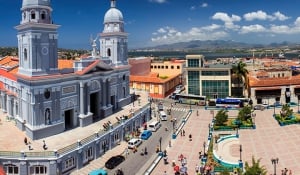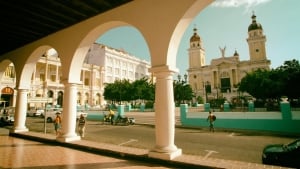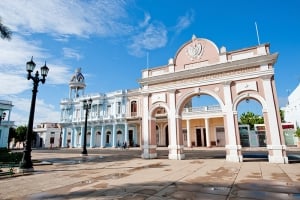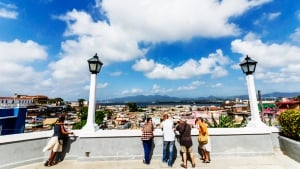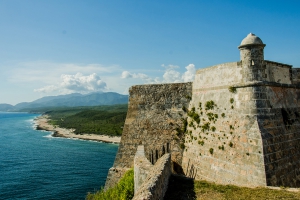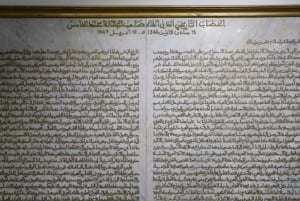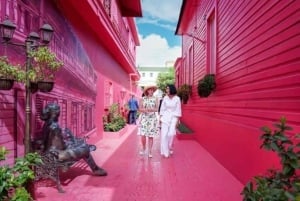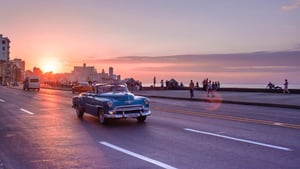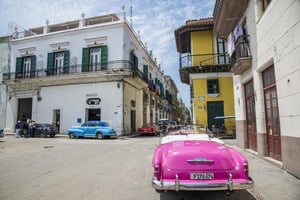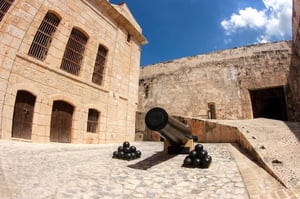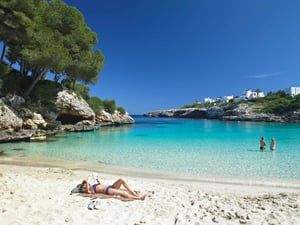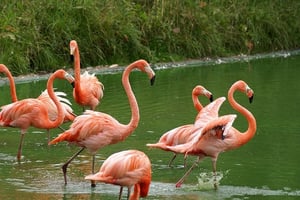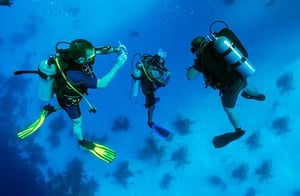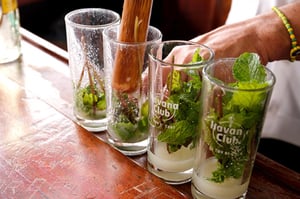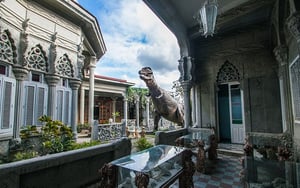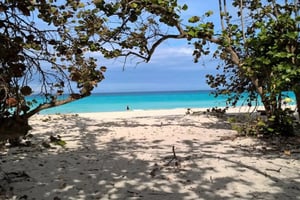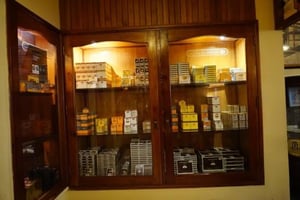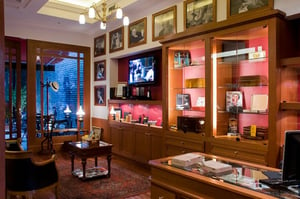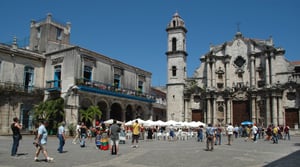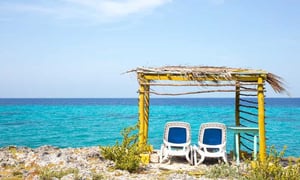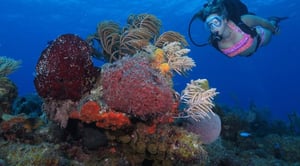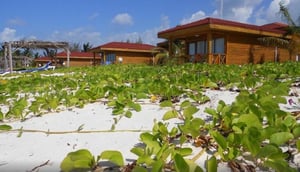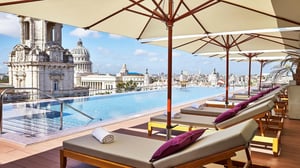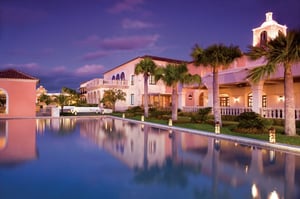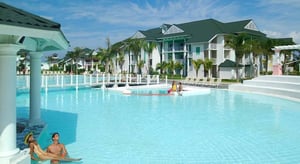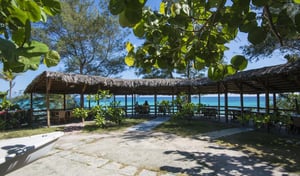Santiago de Cuba
Discover the important historic city of Santiago de Cuba and tour its most legendary places
Santiago de Cuba
Santiago de Cuba is the second most important city in the Caribbean country. It is located in the south of the island and has witnessed throughout the history of important historical events since the time of the Spanish colonization.
Founded in 1515 by the Spanish conqueror Diego Velázquez, the city maintains a multitude of places that remember that era that changed the course of the island's history and many other later ones whose importance is reflected in the footprint they left in the architecture , the art and traditions of the Santiagueros.
In this wonderful city you can visit the Museum of Cuban Historical Environment, located next to the Céspedes Park and very close to the Cathedral of Our Lady of the Assumption, the Velázquez Balcony and the Diego Velázquez House to learn more about the colonial era.
In addition, the city has a privileged location located in the Bay of Santiago de Cuba that allowed it to be the first capital of the country for a while. Through it, the first black slaves arrived in Cuba and, with them, their traditions that are still preserved and that are trying to be maintained in places like the Caribbean House and the House of Popular Religions.
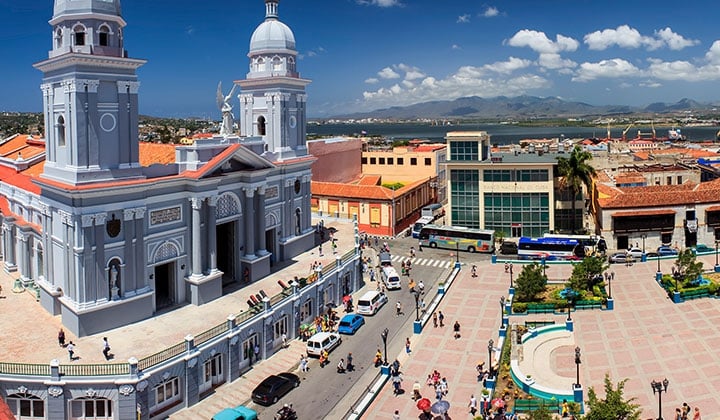
Santiago de Cuba
Along with the bay, the relief of the area gives many opportunities to enjoy wonderful landscapes while doing activities related to ecological and mountain tourism. In this way, you can contemplate the incredible landscape of the Caribbean Sea from the Turquino Peak, the green views that can be seen from the Great Stone or the beautiful images of the bay of Santiago de Cuba from Granma Cay or from San Pedro Castle de la Roca, declared a World Heritage Site by Unesco in 1997.
For centuries, this city has witnessed the different struggles for the country's Independence, as well as the Revolution that starred in the troubled times of the second half of the 20th century. Known as the "Hero City of Cuba," it has exciting places that rose to commemorate all those who fought in each and every one of those decisive clashes. In this way, you can visit the Cemetery of Santa Ifigenia where many heroes from Santiago are buried next to monuments that remember their exploits.
In addition, the city lives up to the extended tradition of dedicating squares and parks to important personalities of Cuban history. Therefore, a series of beautiful open spaces such as the Céspedes Park, the San Juan Historical Park and Tree of Peace or the Abel Santamaría Historical Park, are the perfect place to take a break and get carried away by the city environment to while the most important monuments are contemplated.
Santiago de Cuba is an incredible city formed by impressive landscapes, interesting historical buildings, streets full of life and color full of culture and traditions, memories of another era that meet you at the turn of every corner and friendly people whose roots are scattered throughout the whole world.
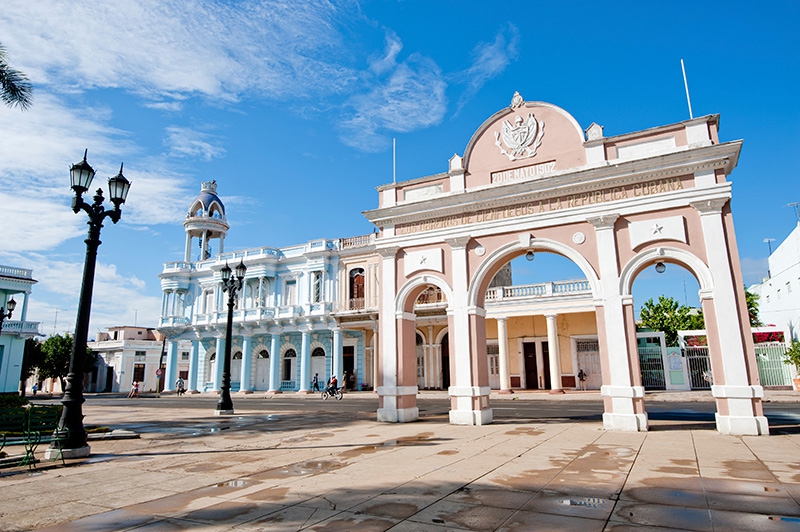
Santiago de Cuba
Religion also has an important place in the culture of the island and that is why many of the most interesting buildings are related to it. In your stay in Santiago de Cuba you can not fail to see the different churches and they constitute a historical and architectural heritage for future generations. Among the most interesting, you can visit the Cathedral of Our Lady of the Assumption, the Church of Our Lady of Sorrows and the Church of San Francisco.
The Cuban Revolution was a historical moment of great importance for the whole island, but it was lived with a special intensity in this area. This city was the place chosen for the 1953 uprising that took place in a joint action in 3 phases led by Fidel Castro, Abel Santamaría and Raúl Castro, where the Moncada Barracks, the Civil Hospital and the Palace of Justice were attacked. Although this action was unsuccessful, it was the beginning of the process that led to the overthrow of the Batista regime and culminated after two and a half years of guerrilla struggle, from the Landing of the Granma in 1956 until January 1959 when the Revolution won to the regime.
If you are interested in this part of the history of Cuba, there are many places that remember and show this important Cuban moment. From the Clandestine Struggle Museum, the Revolution Square or the Frank and Josué País House Museum, to the Granjita Siboney Museum, just outside Santiago de Cuba, and the Model Presidio located on the Isla de la Juventud; they are only a few places where the events related to the fight are explained by exposing places and objects used in those troubled times.
In the surroundings of Santiago you will also find countless places where you can do all kinds of activities, such as hiking, mountaineering, camping and many more that can be done surrounded by the overwhelming beauty that nature has given to the different national parks that protect area. It is worth the effort to tour the Turquino National Park, or the Great Stone Park and enjoy the wonderful landscapes that the Baconao National Park offers us.
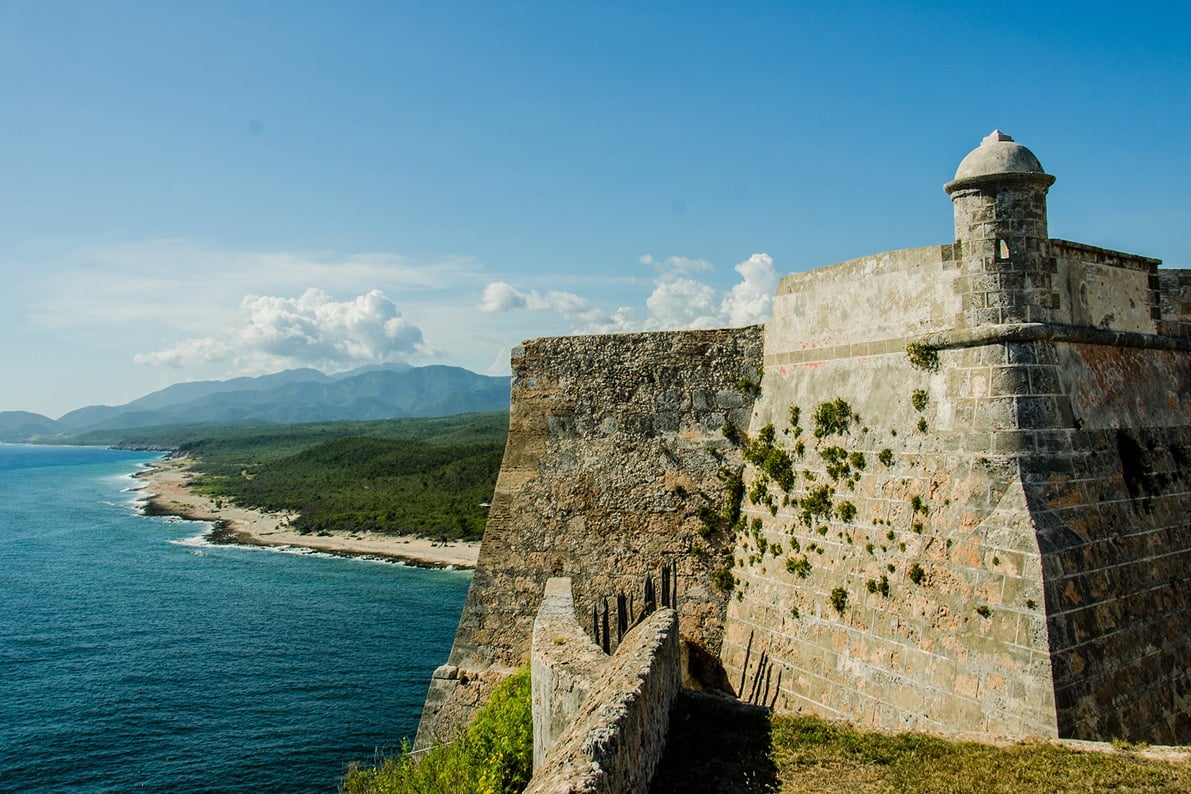 Santiago de Cuba
Santiago de CubaYou can also find a tropical paradise on any of the abundant beaches that the Caribbean Sea bathes along the entire coastline of the area. You cannot miss the Baconao Beach, the Cazonal Beach or the Carisol-Los Corales International Diving Center for all those aquatic activities that you like, such as scuba diving, or just to relax and enjoy the white sands and crystal-clear waters of the Caribbean.
In the province you will also discover charming towns near the city, such as Copper, El Oasis and Chivirico, among a long list of interesting towns; or live the vibrant Cuban night in the streets of Santiago de Cuba, in mythical places like Calle Heredia or Casa de la Trova, where music does not stop playing all night.



